8. Calvaire (2004) – Belgium
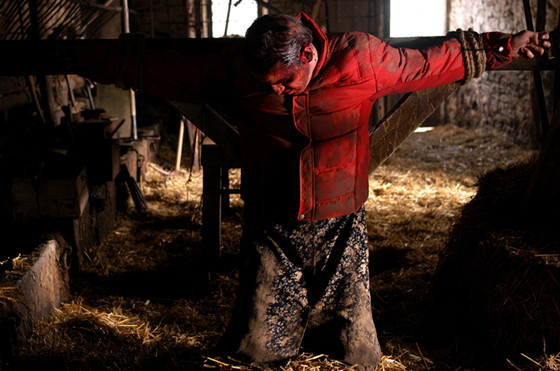
The industry has exploited the hillbilly trope so much, that one would think that it’s impossible to make a good one nowadays. “Calvaire” succeeded. To be frank, it didn’t have a particularly original story, but the locations and the atmosphere were enough to make a satisfying, creepy film.
The pace is pretty quick, and the problems start right after a short, weird 10 minutes of introduction. The protagonist, named Marc, is a touring singer. While traveling for a Christmas gig, his car breaks down in the worst place possible.
Then we watch helpless Marc wandering in the horrifying backwoods, populated by even more horrifying people. Among others, there’s a teenager raping a pig, a creepy guy named Boris, constantly searching for his dog and Bartel, a landlord and ex-comedian grieving for his wife that apparently run away. Though he wanted to leave as quickly as possible, some of the villagers took all measures possible to stop him, and that’s when the poor lad experienced unimaginable amounts of torture and humiliation.
It premiered on the Cannes Film Festival and received mixed to positive reviews. “The Ordeal” was the title under which it was advertised in the English-speaking countries, but it didn’t manage to spark the interest of the viewers.
7. Viy (1967) – The Soviet Union
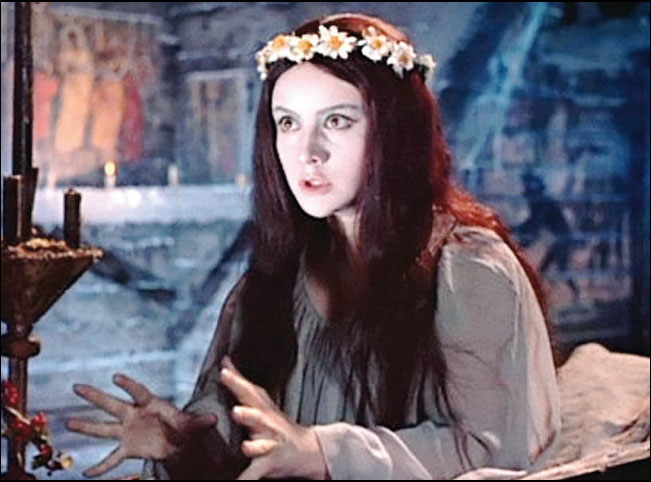
Novella Viy is probably the most widely known work of Nikolai Gogol. The story of Khoma Brutus’s struggles has been adapted for the silver screen numerous times, but the 1967 version is, by all means, the best one.
Bearing in mind the fact that it came out more than fifty years ago, it aged quite well. The production design is magnificent. Costumes are great, and the setting extremely realistic. The script is awesome and remains faithful to Gogol’s writing, and Leonid Kuryavlov’s performance of the young philosopher makes him a relatable character.
The weaker part of the film are special effects, which is to be expected. Though the scene when the witch summons the demons was somewhat effective, the sequence of her riding Khoma was almost laughably bad. Fortunately, that part lasts for only about 40 seconds, and the rest is a suspenseful, Soviet-style horror picture.
6. Don’t Torture a Duckling (1972) – Italy
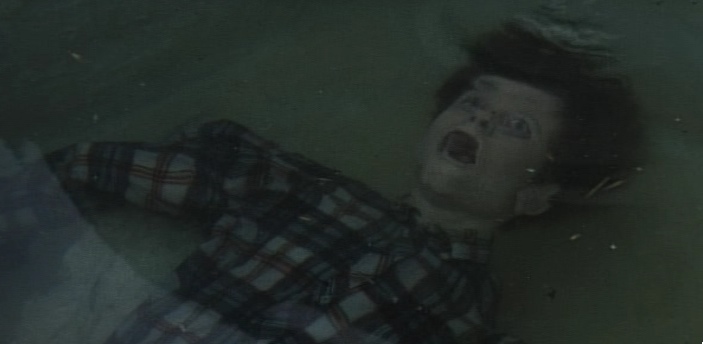
This Lucio Fulci masterpiece of a weird name, condemned Catholic church and dealt with themes of pedophilia, murder, and voyeurism so it comes no wonder that it was heavily criticized by many after its release, but surprisingly, it avoided bannings and censorship that many similar works faced at the time.
Brazillian actress, Florinda Bolkan, is the star of the film and plays Maciara, a weird woman that practices black magic, and is considered the main suspect by the police in the case of three brutal murders of young boys in the village of Accendura.
All in all, it’s a mysterious film, greatly executed and among the very best when it comes to giallo.
5. Anguish (1987) – Spain
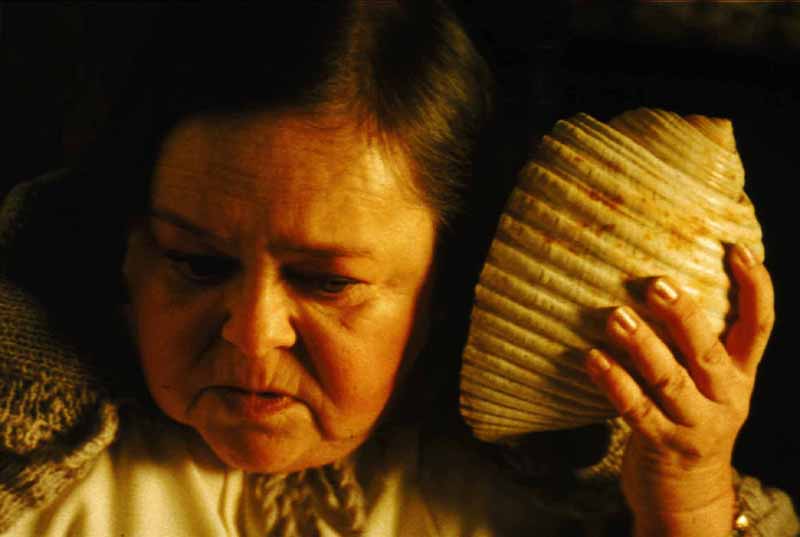
“During the film you are about to see, you will be subject to subliminal messages and mild hypnosis.
This will cause you no physical harm or lasting effect, but if for any reason you lose control or feel that your mind is leaving your body — leave the auditorium immediately.”
This is the disclaimer we see before the movie starts. One could label it mere attention-grabbing, but it’s also a nice introduction to this unusual piece.
It’s a story of two girls in the cinema watching what seems to be a horror picture, called “The Mommy”, about a weird single mother using her son John, an eye specialist, as a killing tool, by hypnotizing him. Soon they start suspecting that one of the men in the theatre is a homicidal lunatic. Near the end of the screening, things turn bad – both for the viewers and the ones on screen.
4. Asylum (1972) – The UK
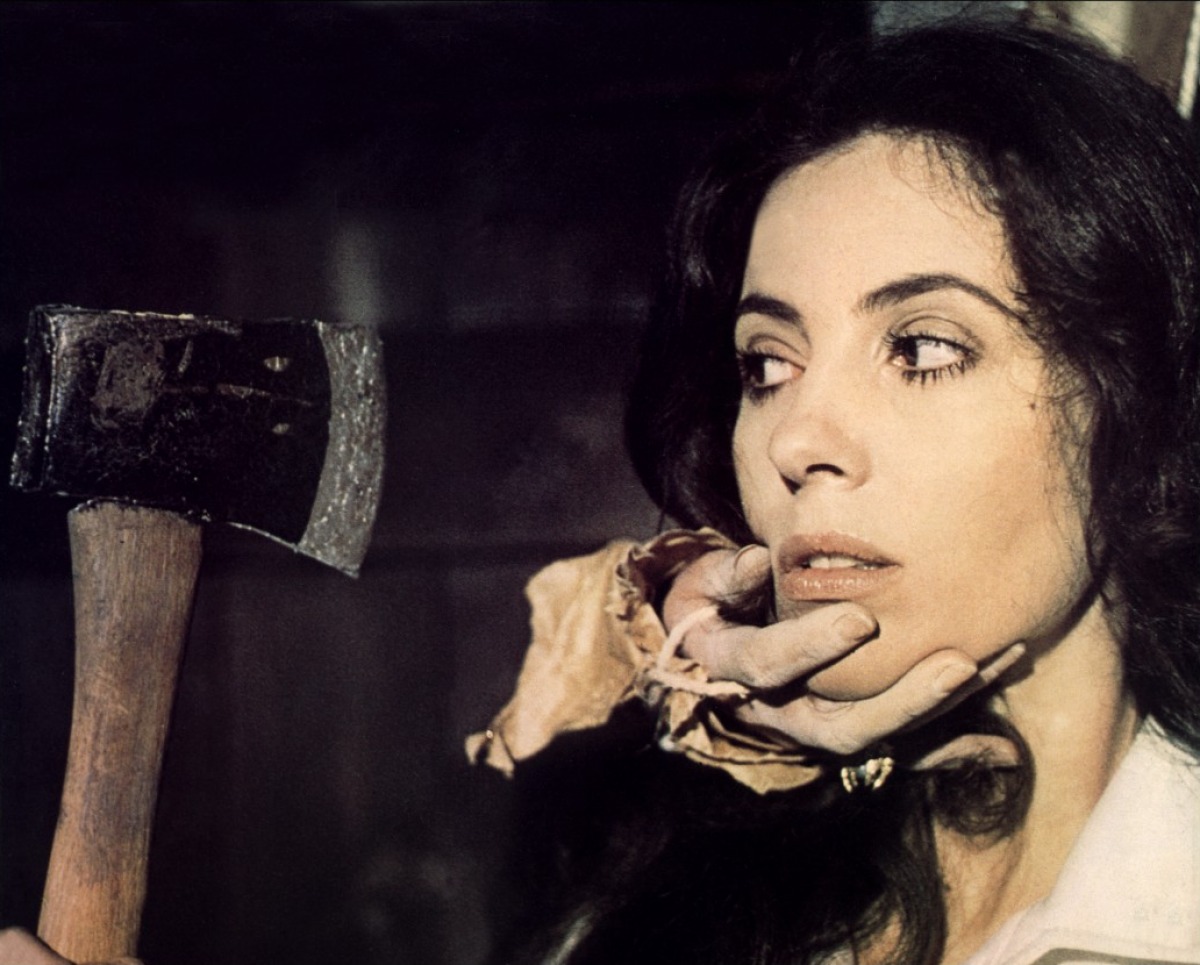
Anthology films, alongside found footage ones, got popular in the 21st century. They were produced in large amounts, but their quality, on the other hand, wasn’t something to brag about. Sadly, the pioneers of the subgenres are often overlooked. One of them is this Brittish gem from the beginning of the 70s.
It consists of four stories, which are all interviews of the inmates conducted by Dr. Martin, who’s trying to get a job in the asylum.
With an awesome tagline: “You have nothing to lose but your mind”, and script written by Robert Bloch, who also penned the novel “Psycho” that Alfred Hitchcock based his classic on, it’s pretty unfair that it got less attention than many newer works of similar theme and dubious quality.
3. Daughters of Darkness (1971) – Belgium
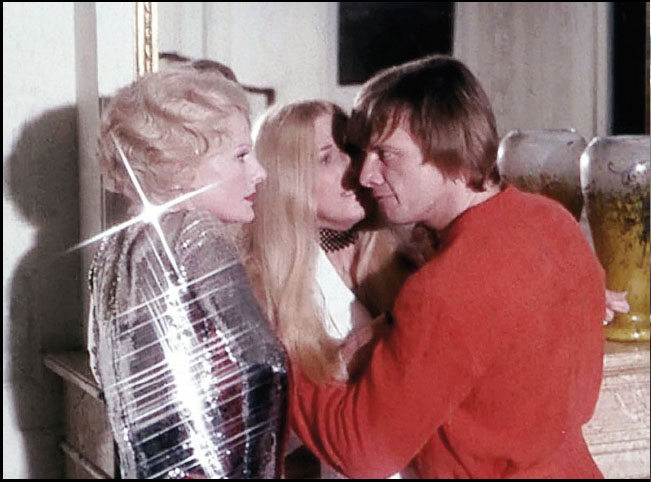
This picture was made in Belgium, though the dialogue is in English. Delphine Seyrig and Andrea Rau star as Countess Elizabeth Bathory and secretary Ilona. The story of lesbian vampires wasn’t something we’ve seen before, and it was a critics’ favorite, but alas, the idea wasn’t as loved by the masses.
Harry Kümel, the director, went on to make The Legend of Doom House, starring Orson Welles, but sadly never became much of a name, nor made another noteworthy film besides those two, despite the enormous potential of his.
2. Angst (1983) – Austria
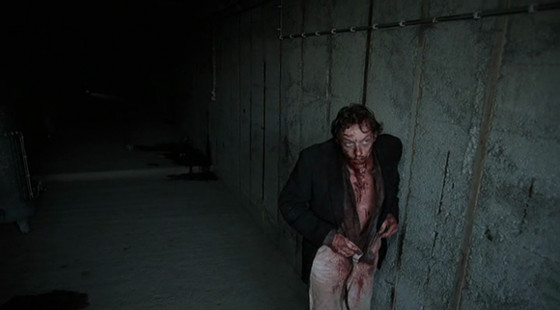
Gerald Kargl has been a film enthusiast his whole life. Over the course of his career, he made quite a number of short flicks, and some documentaries, too. However, his 1983 horror movie titled “Angst”, seems to be the only one that stood out of the mass, and it’s not hard to say why.
It’s an unforgettable, poignant experience, featuring great acting, and innovative cinematography. Alas, it seemed to go ahead of the curve. The unnamed protagonist (brilliantly embodied by Erwin Leder), who is completely driven by the urge to kill, didn’t make the public very happy, and the picture was banned in a lot of countries.
Today, it’s regarded as one of the best European horror movies by the critics, albeit not very popular with the audience. The reasons are pretty obvious: despite it being a fine film, a psychopath massacring an innocent family wasn’t something that had any chance to make its way into average peoples’ homes.
1. In My Skin (2002) – France
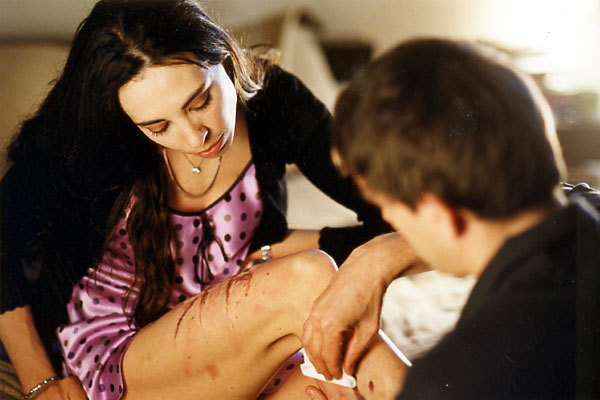
New French Extremity was truly a refreshment for the genre that was slowly rotting away. While the mainstream viewers got fed by all sorts of cheap garbage, the ones that dug a bit deeper could find a handful of genuinely good motion pictures. One of those is “In My Skin”, an early piece of this brutal movement.
Just like many of these hidden nasties, it had a rather extraordinary story: a young lady went to a party, where she injured her leg. The injury began to fascinate her, and it resulted in… Well, more injuries.
As usual, the violence was the biggest obstacle, and the film didn’t manage to overcome it, so this unconventional piece remained underappreciated.